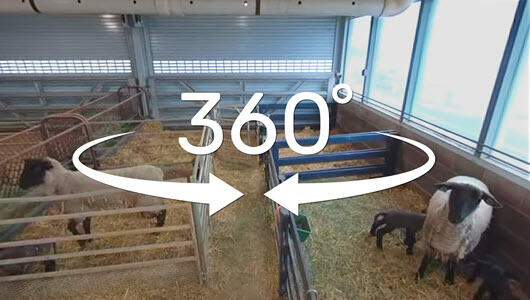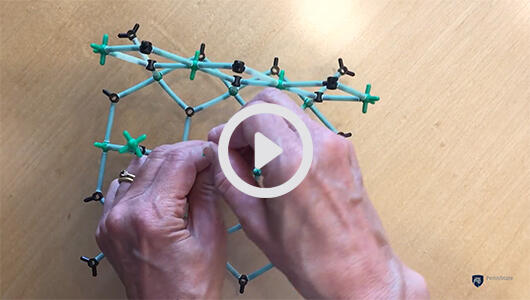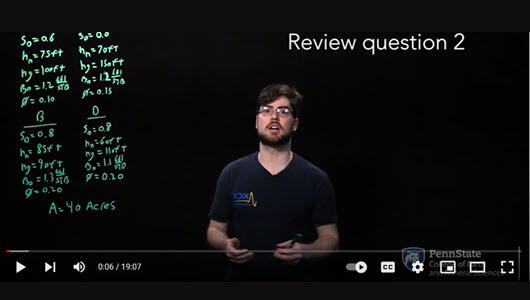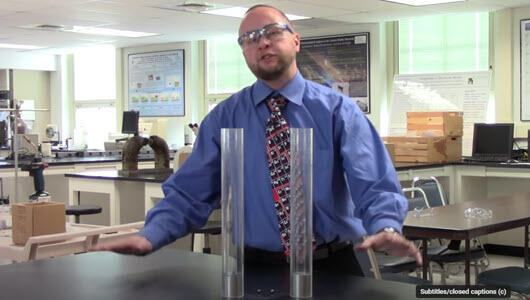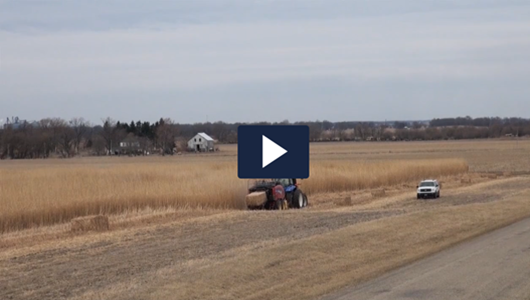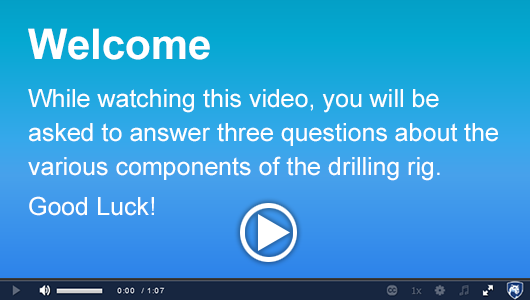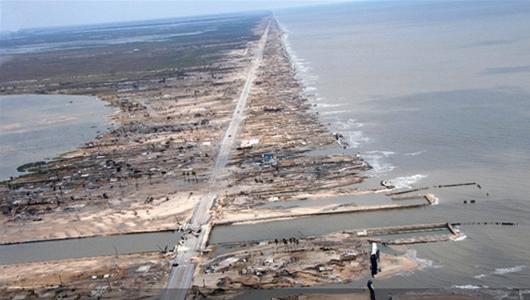YouTube
YouTube
/yo͞o,yə/ - /t(y)o͞ob/
Noun
A common video hosting and viewing site. As a course developer, you can use it to host your own videos, create a playlist, search for other videos that are relevant to your course, and assign students to find related videos as part of an assignment.
Pagination
- Page 1
- Next page
